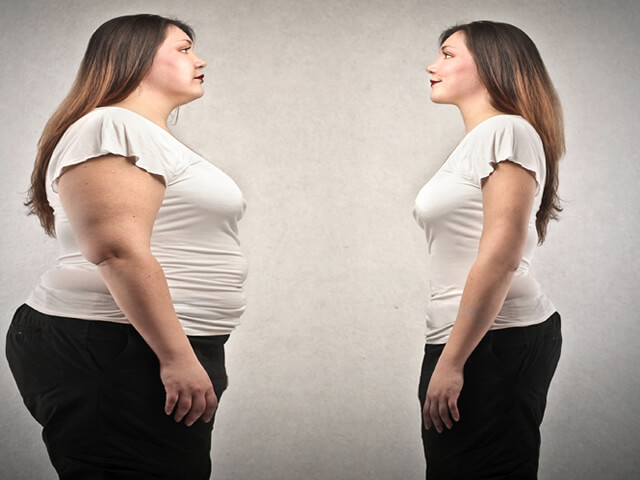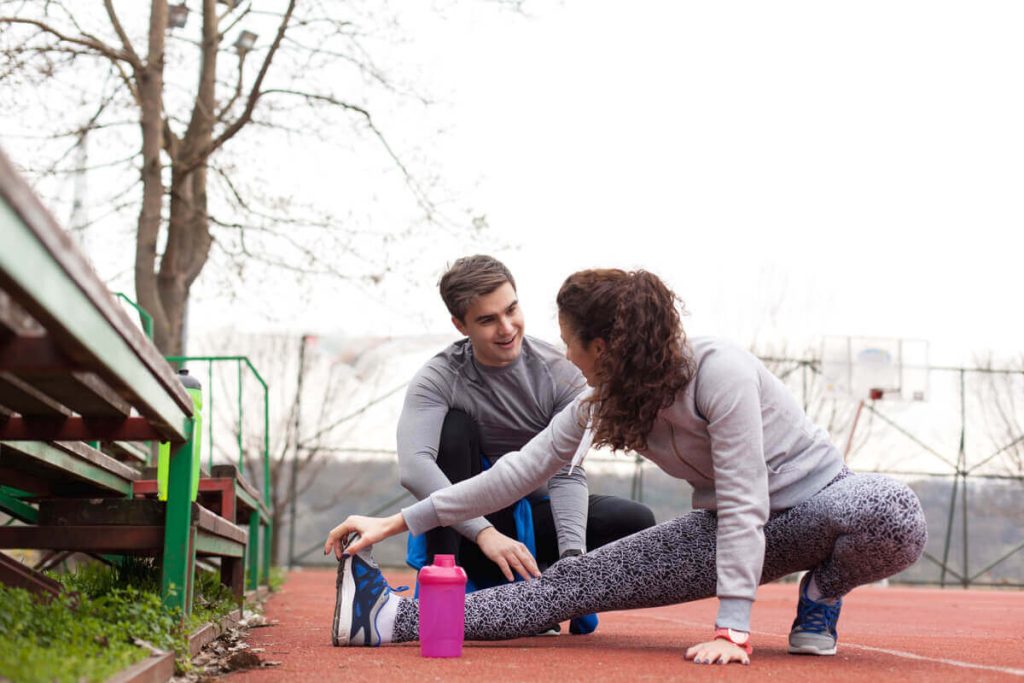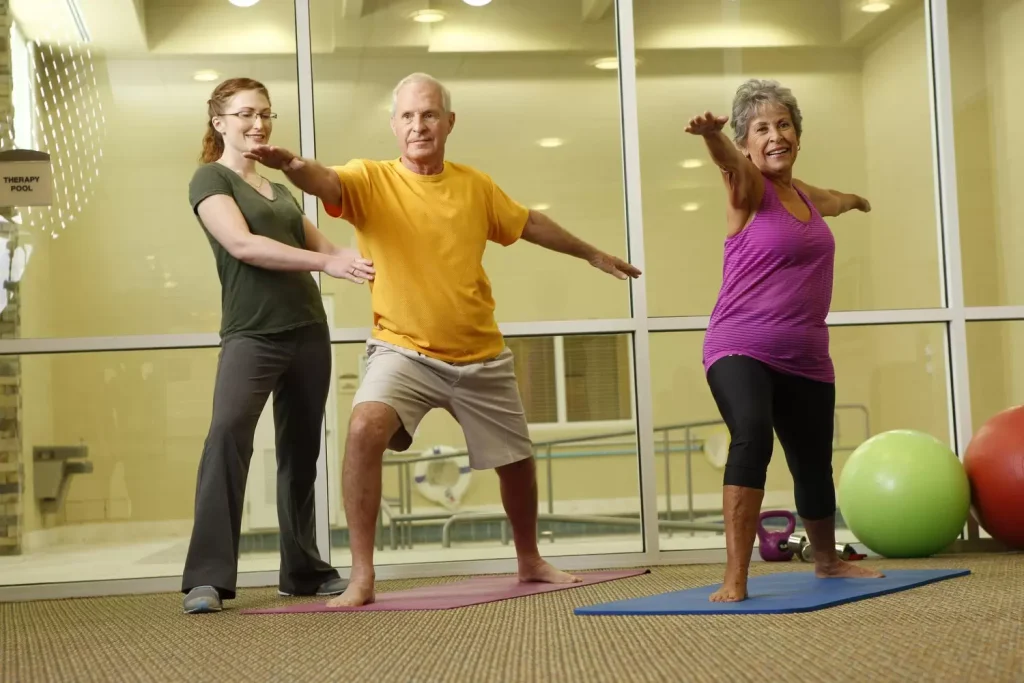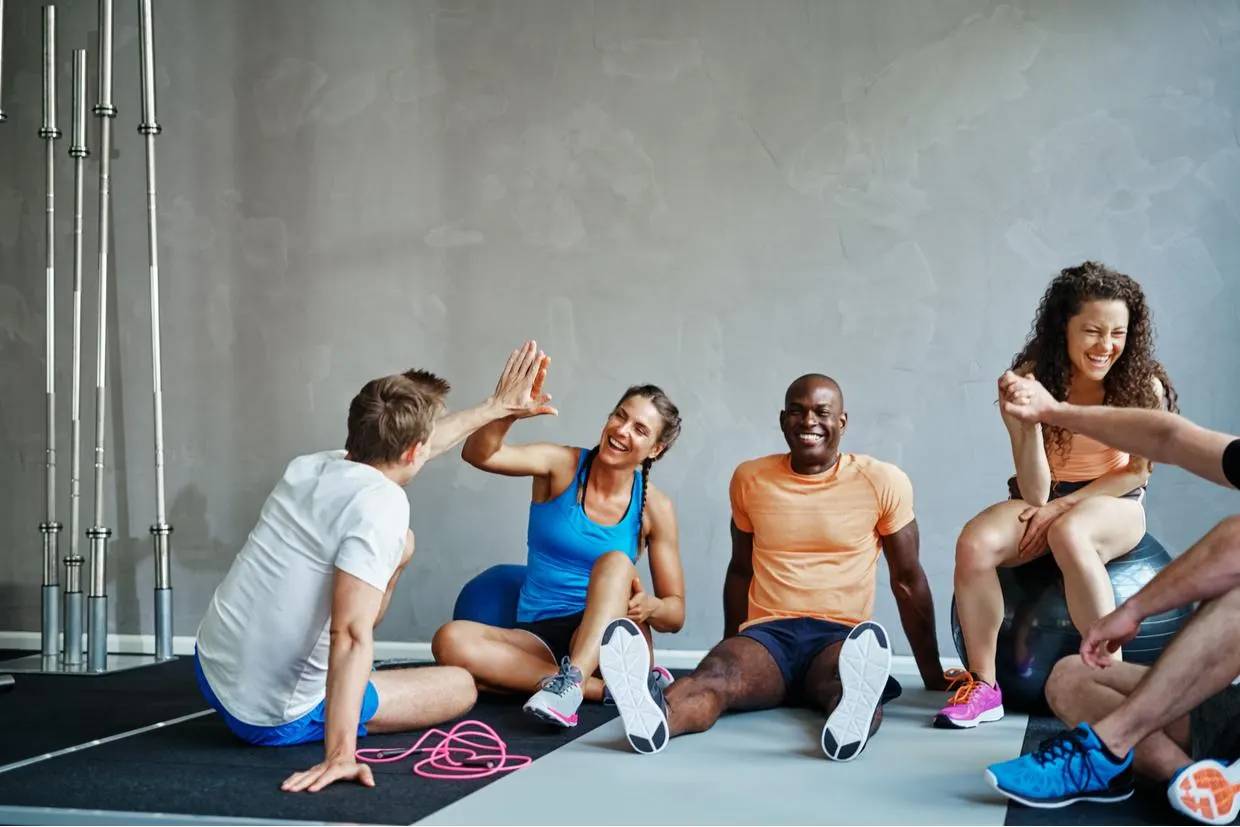Do you ever feel like you’re in a fitness maze, trying to crack the code for your ideal workout routine? Picture this: You’re committed to your workouts, following the latest trendy routines, or mimicking your friend’s exercise regimen that has seemingly transformed their physique. But oddly enough, your results aren’t quite what you expected. Sound familiar?
Exercise isn’t a one-size-fits-all prescription. It’s a personalized journey, intricately woven with your unique biological makeup, lifestyle, aspirations, and health. Yet, despite its inherently personalized nature, the fitness world often presents us with a cookie-cutter approach – a single roadmap promising identical results for everyone.
Consider this scenario: Two individuals embark on the same workout plan. One effortlessly sheds pounds, gains muscle, and feels energized, while the other struggles to notice any significant changes, feeling fatigued and demotivated. Why such a stark contrast?
Recommended: Understanding The Huge Benefits Of Exercise To Your Brain
In this guide, we’re peeling back the layers of this complex puzzle. We’ll explore the genetic nuances shaping our bodies, the daily rhythms of our lives, the power of personal goals, and the impact of age and health conditions. Through this guide, we aim to uncover the diverse factors that contribute to the unique exercise needs of each individual.
You’ll discover that your exercise needs are as distinctive as your fingerprint. By understanding these variables, you’ll understand why what works for one might not work for another. More importantly, you’ll learn how to tailor your fitness journey to suit your body, mind, and goals for optimal health and well-being.
Reasons Why Exercise Needs Vary Between Individuals
1. Biological Factors Influencing Exercise Needs
Genetics and Body Composition
Our genetic blueprint contributes significantly to our body’s composition and how it responds to exercise. Genes dictate muscle fiber types, metabolism rates, and even our predisposition to certain health conditions.
- Genetic Predispositions: Genes influence whether you’re naturally inclined towards endurance sports or have a propensity for strength-based activities. Exploring these predispositions helps decipher the type of exercises your body might excel in.
- Body Composition Dynamics: Body fat percentage, muscle mass, and bone density are largely influenced by genetics. This composition is pivotal in determining the efficiency of different exercises and the energy expenditure required.
Metabolic Variances
Metabolism acts as our body’s engine, influencing how efficiently we burn calories and utilize energy during physical activity. Variances in metabolic rates affect exercise needs significantly.
- Metabolic Rates and Caloric Burn: Some individuals boast faster metabolic rates, torching calories at a higher pace even at rest. Understanding these variances helps tailor exercise plans for effective weight management and energy expenditure.
- Impact on Endurance and Performance: Different metabolic rates influence endurance levels during workouts. Some may sustain high-intensity exercises longer due to better energy utilization, while others may benefit more from interval training to optimize metabolism.
Real-life Implications
Consider two individuals with differing genetic predispositions and metabolic rates. One might excel in endurance-based activities like long-distance running due to their genetic makeup, while another might lean towards strength training for better muscle development and metabolism enhancement. Acknowledging these biological differences enables customization for optimal fitness outcomes.
Recommended: Do Push Ups Help With Man Boobs?
Biological factors lay the foundation for understanding why certain exercises might feel more natural or yield better results for individuals. Embracing these genetic and metabolic variances empowers us to craft exercise routines tailored to our unique bodies, optimizing performance and overall health.

2. Lifestyle and Environmental Factors Influencing Exercise Needs
Occupation and Daily Activity Levels
Our daily routines and occupational demands significantly impact the amount and type of exercise needed for optimal health.
- Sedentary vs. Active Jobs: Contrasts between sedentary desk jobs and physically demanding occupations significantly affect the amount of daily activity. Understanding this dichotomy helps tailor exercise plans to compensate for sedentary hours.
- Incorporating Activity into Daily Life: Individuals with active jobs may require less structured exercise but still benefit from specific workouts to address different fitness aspects, while those with sedentary roles might need more intentional physical activity.
Stress Levels and Mental Health
The intricate connection between stress, mental well-being, and exercise needs underscores the importance of considering mental health in fitness routines.
- Impact of Stress on Exercise: High-stress levels often affect exercise adherence and intensity. Some individuals might need calming exercises like yoga or meditation to counter stress-induced cortisol spikes.
- Mental Health as a Motivational Factor: For some, exercise serves as a stress-relief outlet, while others might find high-intensity workouts as a means of stress release. Recognizing these preferences tailors exercise plans to serve mental health needs.
Real-life Implications
Imagine two individuals with contrasting job profiles—one engaged in a physically demanding occupation and the other spending prolonged hours at a desk. While the former might require less structured exercise due to their active work, the latter would benefit from scheduled workouts to compensate for sedentary hours. Moreover, acknowledging stress levels and mental health as pivotal factors aid in selecting exercise forms that serve both physical and mental wellness.
Recommended: Which Chloe Ting Workout Is The Best For Weight Loss?
Lifestyle and environmental factors intricately weave into our exercise needs. Recognizing how our daily routines, job roles, stress levels, and mental well-being influence these needs empowers us to create holistic fitness strategies that align with our lifestyles, ensuring sustainable and effective results.

3. Personal Goals and Preferences in Defining Exercise Needs
Fitness Goals
Individuals embark on fitness journeys with diverse objectives, influencing the type and intensity of exercises needed to achieve desired outcomes.
- Weight Management vs. Muscle Building: Goals of weight loss or muscle gain demand distinct exercise approaches. Understanding these goals helps tailor workouts – focused on cardio for weight loss or resistance training for muscle gain.
- Endurance vs. Strength Goals: Varied goals like improving endurance for marathons or building strength for specific sports necessitate specific exercise regimens aligned with these objectives.
Preferences and Enjoyment
Personal preferences and enjoyment significantly impact exercise adherence and overall satisfaction with fitness routines.
- Activity Preferences: Some individuals gravitate towards team sports, while others prefer solitary activities like running or cycling. Aligning exercise choices with personal preferences ensures higher motivation and consistency.
- Enjoyment as a Motivational Factor: Enjoying workouts fosters consistency. If someone enjoys dancing, they might find Zumba classes more appealing than weightlifting, ensuring regular participation.
Real-life Implications
Consider two individuals – one aiming for weight loss and the other for muscle gain. While the former might opt for cardio-centric routines, the latter would incline towards strength training. Similarly, tailoring workouts to suit individual preferences, whether through team sports, solo activities, or specific workout classes, ensures sustained interest and adherence to exercise plans.
Recommended: What Is The Ideal Work To Rest Ratio In HIIT And How To Use It?
Personal goals and preferences act as guiding stars in the vast fitness universe. Recognizing and aligning exercise routines with these individual aspirations and inclinations is key to sustained motivation, consistency, and ultimately achieving desired fitness outcomes.

4. Age and Health Conditions Shaping Exercise Needs
Age-Related Variances
As we age, our bodies undergo physiological changes that necessitate modifications in exercise routines.
- Physiological Changes: Aging involves muscle loss, reduced flexibility, and changes in metabolism. Understanding these changes helps tailor exercises to counter muscle loss through resistance training and maintain flexibility with stretching routines.
- Balancing Intensity with Age: Older individuals might require lower-impact exercises to prevent injuries while still reaping the benefits of physical activity.
Health Conditions and Limitations
Underlying health conditions significantly influence exercise capabilities and safety considerations.
- Adapting to Health Constraints: Chronic conditions like arthritis or heart conditions demand specific exercise modifications. Understanding these limitations helps craft safe and effective workout plans.
- Rehabilitation and Recovery: Post-injury or post-surgery, tailored exercises aid in rehabilitation. Acknowledging these requirements ensures a safe return to physical activity.
Real-life Implications
Consider the exercise needs of individuals in different age brackets – one in their 20s versus another in their 60s. While the former might benefit from high-intensity workouts, the latter might focus on low-impact exercises to accommodate age-related changes. Additionally, understanding health conditions like arthritis or cardiovascular issues guides exercise modifications for safety and effectiveness.
Recommended: Why Sweating Is Known To Be an Indicator of Calorie Burnout?
Age and health conditions add intricate layers to the exercise equation. Recognizing the impact of age-related changes and health constraints empowers individuals to modify workouts for safety, efficiency, and improved overall well-being.
FAQs
Why do exercise needs differ among people?
Exercise needs vary due to diverse biological factors like genetics, body composition, and metabolism. Additionally, psychological motivations, lifestyle constraints, and age-related changes contribute to unique exercise requirements.
Are genetics a significant factor in determining exercise needs?
Yes, genetics play a crucial role. Genetic variations influence factors like muscle composition, metabolism, and cardiovascular health, impacting how individuals respond to and benefit from exercise.
How do lifestyle factors affect exercise needs?
Lifestyle factors such as work schedule, daily routines, socioeconomic status, and access to resources shape exercise preferences and available time for physical activity, influencing individual exercise needs.
Can age impact exercise requirements?
Absolutely. Exercise needs to evolve with age. Children, adults, and older individuals have distinct needs due to growth, functional maintenance, and managing age-related changes in health and mobility.
How can I determine my specific exercise needs?
Consulting fitness professionals or healthcare experts can help assess your fitness level, goals, and limitations. Understanding your body’s cues and responses to exercise is crucial in tailoring a personalized fitness plan.
Are there benefits to customizing exercise routines?
Absolutely. Tailored exercise routines cater to individual strengths, weaknesses, and goals, maximizing benefits while minimizing the risk of injury or burnout. Personalization promotes adherence and long-term success.
Is it normal for exercise needs to change over time?
Yes, absolutely. Factors like age, lifestyle, health conditions, and fitness goals can cause fluctuations in exercise requirements. Adapting workouts to align with these changes ensures continued progress and well-being.
How important is it to listen to my body during exercise?
Listening to your body is crucial. It helps in recognizing fatigue, and recovery needs, and avoiding overexertion or injury. Adjusting workouts based on how your body responds ensures a sustainable and safe fitness routine.
Can I achieve fitness goals with a personalized exercise plan?
Yes, personalized plans align exercises with your specific needs, making it more likely to achieve desired fitness goals effectively and sustainably while catering to your individual strengths and limitations.
Conclusion
Acknowledging the intricate web of biological, lifestyle, goal-oriented, and health-related factors underscores the unique nature of exercise needs. Embracing this diversity empowers us to craft tailored fitness journeys, ensuring efficiency, safety, and fulfillment in achieving individual health and wellness goals.
